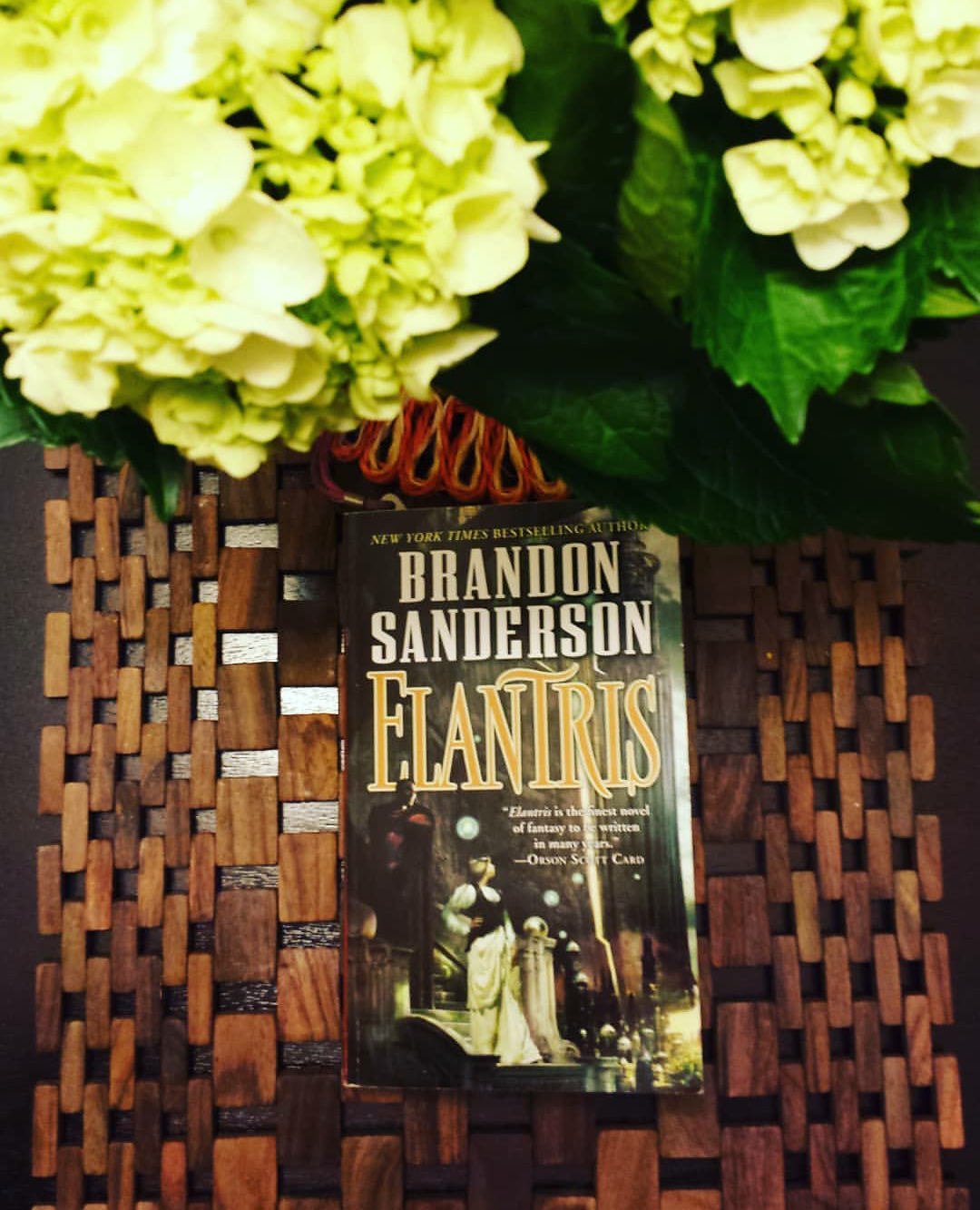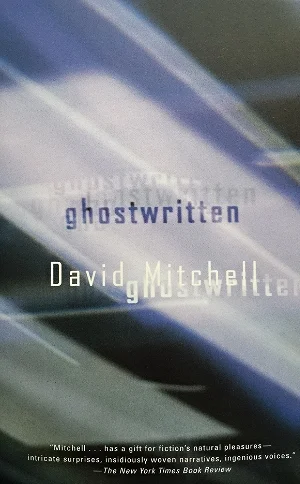Adventure stories can take many forms. Probably most or all of the fantasy novels I have read in my life would be categorized as adventure, but I seem to have something specific in my mind when I think of the term. The story must take place in the real world though there may absolutely be supernatural elements. While a novel like The Hobbit is certainly an adventure, the fact that every element of the story is fictional eliminates it from my brain’s adventure category. Indiana Jones. Now that’s adventure. Brendan Fraser’s The Mummy series — though I admit I have not yet seen it — or the National Treasure series which I also have not seen. Am I destroying my argument here? Let’s stick with Indiana Jones then. Or the spectacular video game series Uncharted. Exotic real world exploration. Traps, chases, mortal danger, a forbidden treasure. Adventure.
Several years ago, I was at a Barnes & Noble Booksellers location during a road trip and I saw the cover of S.A. Sidor’s brand new (at the time) novel Fury From the Tomb. It took me a matter of nanoseconds for my brain to send a signal to my hands to snag it off the shelf. Look at that cover art. Excellent work by cover artist Daniel Strange. It is clearly inspired by the Indiana Jones film posters which themselves are inspired by the cinema posters for serial adventures from the ‘50s and ‘60s. I love it and I bought my copy based on the cover alone.
In the late 1880s — so we are predating Indiana Jones by half a century — a young Egyptologist named Romulus Hardy receives a golden opportunity when a wealthy and elderly Los Angeles man offers to fund Dr. Hardy’s very first archeological expedition. The benefactor has specific instructions though. Dig up a mummy from the Egyptian tombs and deliver it to him in Los Angeles. Had everything gone smoothly, the story would probably be a newspaper article on the back page, but the cover has a clearly animated mummy and a speeding locomotive being chased by bandits on horseback so it is safe to assume something akin to adventure occurs.
Hardy’s journey takes him from the tombs of Egypt to a train robbery in the Arizona territory to Mexico in pursuit of his quarry. Along the way, he gathers allies who end up doing the vast majority of the dirty work on Hardy’s behalf and here is where my unfair Indiana Jones expectations must be pitched aside. Dr. Jones is a capable, experienced adventurer. Dr. Hardy on the other hand is a rookie on his first expedition. He prefers the comfort of a library to field work and he is claustrophobic so exploring the dark, dusty, narrow corridors of underground tombs ended up not being as glamorous and sexy as he had hoped. What further sets this adventure apart from something like Indiana Jones is the heightened supernatural elements. Jones always dealt with the supernatural, but he never had to contend with creatures like mummies, zombies, and vampires.
The one major issue I have with this novel is the first person perspective. Because the story is told in a retrospective narrative decades after the events of the novel, we know the protagonist survives all of his adventures unscathed. This strips away any anxiety or fear the reader may have for the hero when he is in a dangerous situation. Consequences are reduced to minor inconveniences rather than true life or death scenarios. Hardy’s allies always seem to be in more grave danger than he is and I felt like it is their efforts that drive the story forward rather than Hardy’s. He is just along for the ride instead of driving the caravan even though he is supposed to be the leader. There is growth potential for Dr. Hardy, certainly.
Fury From the Tomb is the first of what is currently a two-book series (the second volume, The Beast of Nightfall Lodge, is available now). I do not know if S.A. Sidor plans to write more books in this Institute for Singular Antiquities series, but if he wanted to make Dr. Rom Hardy a long-running character, developing him from baby-faced newcomer to rugged adventurer, he absolutely could and I would join him on the ride.

















